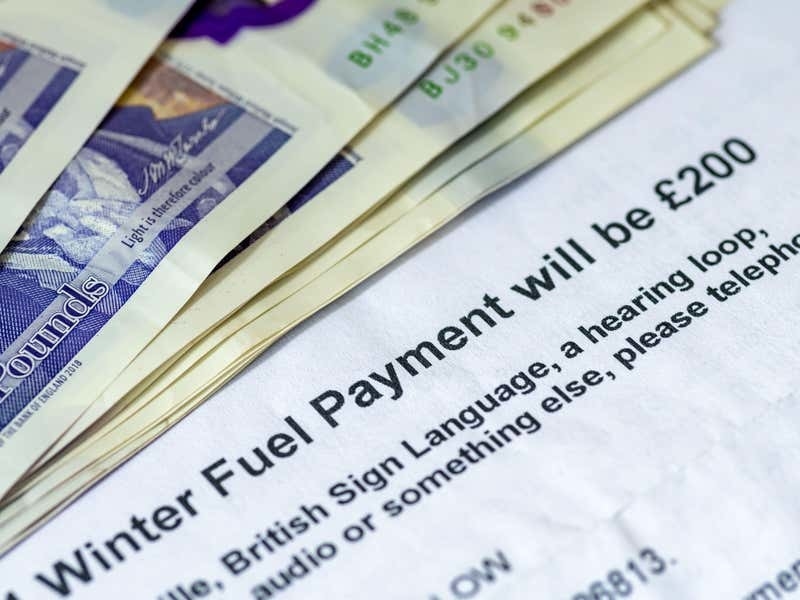A Jersey girl born today could expect to live until she is 84.9, while a newborn Jersey boy could expect to live until 81, according to the Life Expectancy and Healthy Life Expectancy 2015–2017 report.
In comparison, men and women in the UK are expected to live until 79.5 and 83.1 respectively.
For the first time, Statistics Jersey gauged how long Islanders are expected to live in ‘very good’ or ‘good’ health.
Figures show that Island men are expected to be healthy until they are 66.2, while for English men this drops to 63.3. Jersey women are expected to be in ‘very good’ or ‘good’ health until 70.1. The age for English women is 63.9.
Martin Knight, head of health improvement, said: ‘The HLE measure was developed to reflect the fact that not all years of a person’s life are typically lived in perfect health.
‘A population with a higher life expectancy may not be healthier.
‘The main influences on the indicator are the current patterns of mortality in our population and how an individual perceives their own general health. Lower HLE is associated with higher deaths from preventable causes.’
However, Mr Knight warned that although Jersey’s HLE looked better than the UK’s, ‘we can’t be confident that is the case’, as there were differences in how the jurisdictions collected data.
‘What is important about the availability of this new measure is that it will help us to measure improvements in health and well-being at population level,’ he added. ‘This measure will be key to monitoring our success as a government and wider community in achieving the Future Jersey outcome that Islanders enjoy long, healthy, active lives.
‘HLE is an indicator to monitor health as a productivity/economic factor. It is used to distinguish between years of life free of any activity limitation and introduces the concept of quality of life.’
Mr Knight said healthy lifestyles could reduce preventable disease, which improves a population’s HLE. He listed smoking, being overweight or obese, harmful alcohol consumption, an unhealthy diet and a lack of exercise as high-risk factors which led to preventable disease and death.
However he stressed that socio-economic factors also had a ‘significant impact’ on HLE.
‘Deprivation, linked to education and employment, limits access to resources and services necessary for maintaining health,’ Mr Knight said. ‘A person’s or family’s disposable income, the housing and the area in which they live has a major bearing on how they live their life and their resulting exposure to health risks.’
Meanwhile, according to the Jersey Mortality Report, which was also published yesterday, the average age at death for women last year was 82 and for men 77.
Between 1960 and 2017 the average age at death for women has increased by a decade and by 15 years for men. According to the statistics, 810 Islanders died last year – 420 men and 320 women.
Cancer, cardiovascular diseases and respiratory disease accounted for about 70 per cent of all deaths last year.






